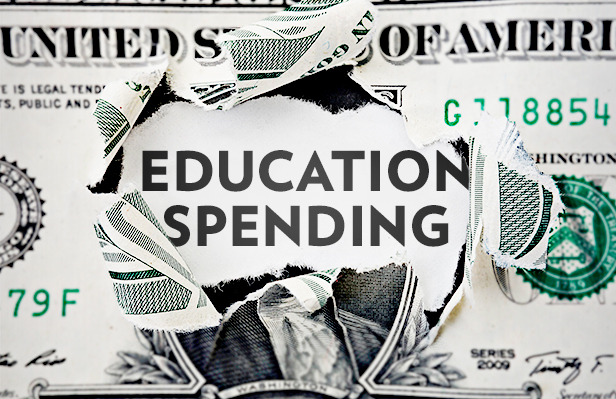Media

School District Spending, Rainy Day Funds are Surging—Again
Americans love Springtime—and for good reason! With Spring comes warm weather, blooming flowers, and baseball season. Most importantly, Spring is time for new data from Pennsylvania’s Department of Education—which yesterday released updated financial reports for the 2015-16 school year. These reports cover a range of school finance topics: expenditures, revenues, debt, property taxes, and general fund balances.
You may recall CF's research on fund balances (sometimes called rainy day funds), which demonstrated how dozens of schools districts amassed millions of surplus funding while also requesting higher taxes from residents.
There is much to unpack from the 2015-16 data, but here are five major takeaways:
- Total school spending in Pennsylvania eclipsed $28 billion, up $1 billion from 2014-15.
- Average per-student revenue is more than $16,500, which is $600 more than the previous year. (Keep in mind that Pennsylvania already ranked in the top 10 in per-pupil education funding).
- School district general fund balances hit a staggering $4.4 billion—a $126 million increase from the previous year, which amounts to nearly 16 percent of total district spending.
- There are 220 school districts with fund balances exceeding 20 percent of total expenditures, which is the threshold at which Auditor General Eugene DePasquale says reserves “should be questioned.”
- Charter school fund balances decreased by $16 million.
Note these figures do not account for capital fund balances, which are a separate pot of district level surplus funding. Capital fund balances are not readily accessible from the Department of Education.
These findings may be timely for lawmakers tasked with passing a state budget in the face of a $1.2 billion deficit. Is it possible to justify higher taxes on working families and entrepreneurs at the same time public school districts have socked away record levels of reserve funds?
More will be forthcoming from CF about school spending and reserve funds in the coming weeks.